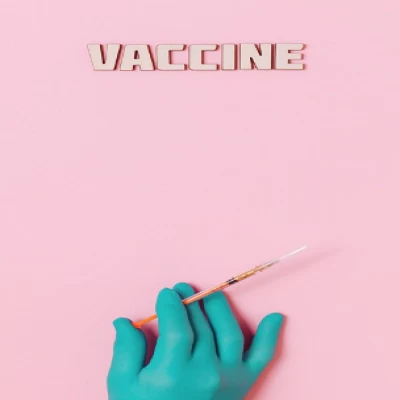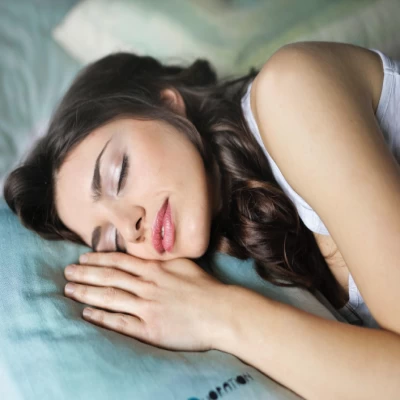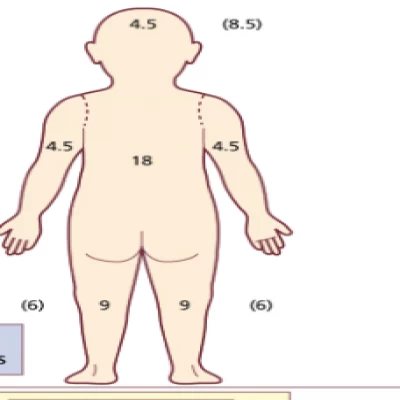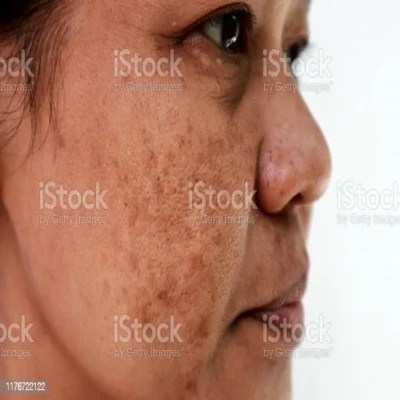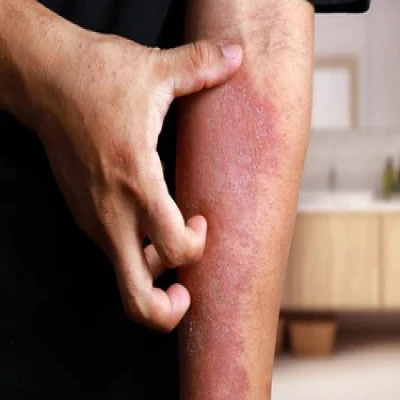مجلات علمية

What are acnes? Its causes, symptoms and how to manage it
Overview
Acne can be defined as a chronic inflammation of skin in adolescents and adults resulting from a defect in the sebaceous glands on the face, chest and back. acne represents the most common chronic skin condition seen by dermatologists. [1]
Changes occur in the pilosebaceous unit such as hypermenorrhea, which results in a change in the appearance of the skin and the appearance of acnes.
Receptors and causes
The sebaceous gland and sebum production are affected by several factors, and its production is regulated by a group of receptors, including histamine receptors and hormonal DHT receptors, which are affected by sex hormones and their secretion that increases during puberty, sex hormones also cause thickening of the inner lining of the hair follicle, causing blockage of the pores and collection of the sebum causing an acne, as well as other receptors such as the neuromodulator receptor and corticotrophin releasing hormone (CRH) receptor, which stress may cause a disorder Out and thus dermatitis occurs and then acne appears.[2]
Symptoms
acnes appear in the form of spots with oily skin, and symptoms of inflammation, such as being hot or painful to touch, appear red, it appears mainly during adolescence and may continue until adulthood in some people. It appears in the face (see figure :1) with a greater percentage of the back than the chest, which appears in only 15% of cases.[3]
It affects up to three quarters of adolescents from the age of 11 years until they reach the age of 30 and is the most prevalent disease in dermatology clinics. [4], It appears in the largest proportion on the face and then in the back and chest in a not large proportion, associated with excessive eating of fats and hormonal changes. [5]
Diagnosis
Acne is diagnosed during a medical examination through the appearance of the lesion mainly, which ranges from blackheads as the simplest type to papules, pustules, or nodules as a sever inflammatory type, and through the severity, the stage could be determined and therefore the appropriate medication for the stage. [6]
Treatment
Before the beginning of the treatment course, the doctor determines the pathological stage, on the basis of which the appropriate treatment is determined. In the mild stages, many medicines suffice, such as creams, soap and topical gel, and they include many medicines, the most important of which are retinoids.
Retonoids have many uses, and the most important of them is the treatment of acne, as it checks the occurrence of infections and has a great ability to reduce the number of comedones, and Tazorac comes at the forefront of this group.[7]
Also, antibiotics such as clindamycin and erythromycin are among the most widely used and effective antibiotics for mild and moderate acne, Salicylic acid is also used to treat skin acnes, because it reduces inflammatory response and helps improve minor skin acnes.[7]
Laser plays an effective role in treating skin acnes and improving the appearance of the skin. However, it is not used as a routine for treating skin acnes, but it is used to improve sever conditions. Examples of rays used are pulsed-dye laser or visible light.[7]
References
1. B. Dréno, what is new in the pathophysiology of acne, an overview. Journal of the European Academy of Dermatology and Venereology, 31, 8-12. (2017)
2. D. M. Thiboutot, Overview of acne and its treatment. Cutis, 81(1 Suppl), 3-7. (2008)
3. https://www.nhs.uk/conditions/acne/
4. S.Fitz-Gibbon, S. Tomida, , B. H. Chiu, et all. Propionibacterium acnes strain populations in the human skin microbiome associated with acne. The Journal of investigative dermatology, 133(9), 2152–2160. (2013) https://doi.org/10.1038/jid.2013.21
5. https://www.medicalnewstoday.com/articles/107146
6. S. Titus & J. Hodge, Diagnosis and treatment of acne. American family physician, 86(8), 734-740. (2012)
7. S. Titus & J. Hodge, Diagnosis and treatment of acne. American family physician, 86(8), 734-740. (2012)

